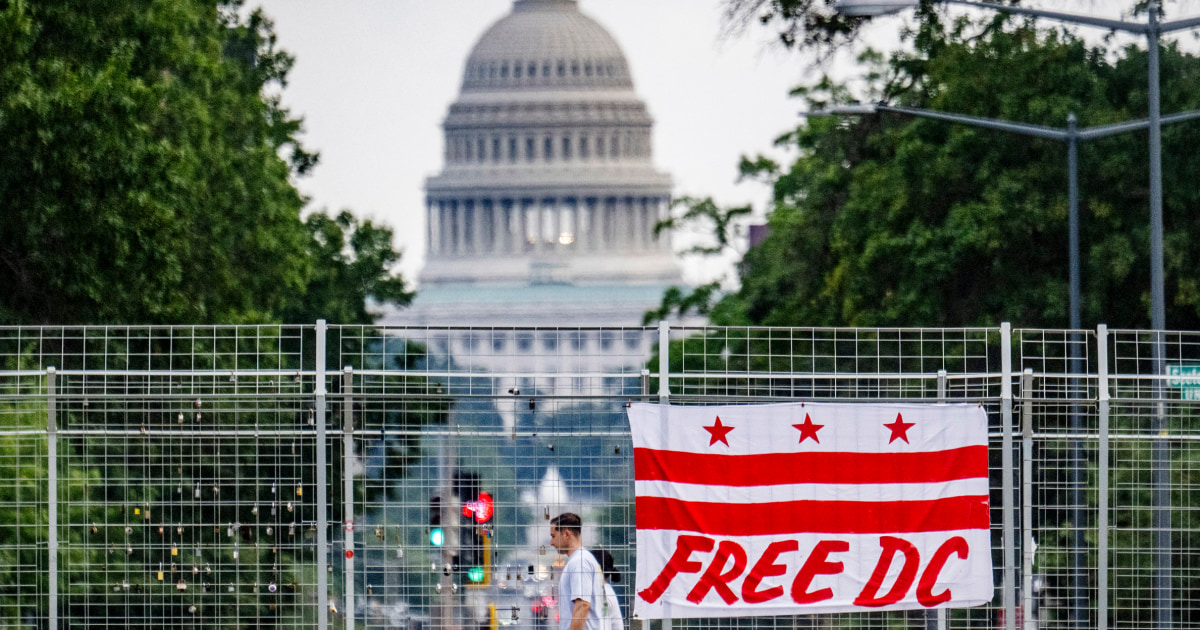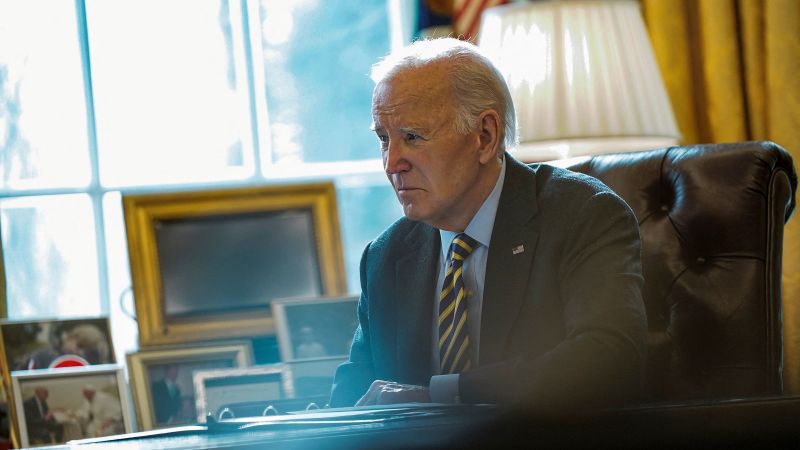White House Prepares for Potential Government Shutdown

Introduction
The White House is bracing for a potential government shutdown and has instructed federal agencies to prepare for staff reductions, including possible firings. According to a memo sent by the Office of Management and Budget, agencies should begin planning for a potential shutdown and take necessary steps to minimize the impact on essential services and programs. This move comes as the current funding for the government is set to expire at the end of September and Congress has yet to pass a new budget.
Key Details
In the past, government shutdowns have resulted in furloughs for federal employees, meaning they are placed on unpaid leave until the government is funded again. However, this time the White House is taking a different approach by preparing for potential firings. The memo instructs agencies to identify non-essential staff and consider terminating their employment in the event of a shutdown. This move has sparked concerns among government employees and their unions, who fear the impact of such drastic measures on their livelihoods.
Impact
If a government shutdown does occur, it could have far-reaching consequences on a wide range of services and programs that rely on federal funding. From national parks and museums to vital social programs, the impact could be felt by individuals and communities across the country. The potential for mass firings adds another layer of uncertainty and concern for federal employees, who are already facing the possibility of furlough
About the Organizations Mentioned
Office of Management and Budget
## Office of Management and Budget: A Comprehensive Overview The **Office of Management and Budget (OMB)** is a pivotal component of the Executive Office of the President, serving as the largest office within this branch. Established in 1970, OMB plays a crucial role in implementing the President's vision across the Executive Branch, focusing on budget development, management, and regulatory oversight. ### Key Functions - **Budget Development and Execution**: OMB prepares the President's annual budget proposal, which outlines the administration's priorities and allocates resources accordingly. This process involves evaluating agency programs and setting funding priorities[1][2]. - **Management Oversight**: OMB supervises agency performance, procurement, financial management, and information technology. It ensures that these areas align with the President's policies and priorities[1][3]. - **Regulatory Oversight**: The agency reviews and coordinates significant federal regulations to ensure they reflect Presidential priorities and assess their economic impacts[1][3]. ### History and Achievements While the OMB itself was established in 1970, its predecessor, the Bureau of the Budget, was created in 1921. Over the years, OMB has played a critical role in shaping federal policy and budgeting. Notable achievements include aligning federal spending with national priorities and improving administrative efficiency across government agencies. ### Current Status Today, OMB continues to serve as a key advisor to the President, coordinating policies and implementing strategies across agencies. It also plays a significant role in shaping AI policy through its oversight role in regulatory and budget processes[6]. ### Notable Aspects - **Resource Management Offices (RMOs)**: These offices within OMB are responsible for preparing the President's budget proposal and overseeing budget execution. They provide significant influence over federal programs[6]. - **Innovation and Technology**: OMB is involved in developing AI procurement policies and guiding federal IT acquisition strategies, reflecting its evolving role in technology management[6]. In summary, the Office of Management
Congress
The United States Congress is the legislative branch of the federal government, playing a pivotal role in shaping the nation's policies and laws. As a bicameral legislature, it consists of the House of Representatives and the Senate, each with distinct responsibilities. The House represents congressional districts, while the Senate represents states, ensuring diverse perspectives are heard. **History and Structure:** Congress has a rich history, evolving over time to reflect the nation's demographic changes and political shifts. It is structured into committees that specialize in various policy areas, facilitating the legislative process. The National Archives and Records Administration maintains historical records of Congress, highlighting its ongoing role in governance. **Key Achievements:** Throughout its history, Congress has achieved numerous milestones, including landmark legislation such as the Civil Rights Act and the Affordable Care Act. It has also played a significant role in shaping the nation's economic policies, influencing business and technological advancements. **Current Status:** The 119th Congress, which convened in January 2025, marks significant changes with a Republican majority in both chambers. This setup has implications for policy-making, especially in areas like healthcare and technology regulation. The current Congress is also notable for its diversity, being the most racially and ethnically diverse in history. **Notable Aspects:** - **Diversity and Representation:** The 119th Congress is the most diverse in U.S. history, with increased representation from diverse ethnic backgrounds and the inclusion of the first openly transgender federal legislator. - **Technological Integration:** Congress uses technology to enhance legislative processes, such as through platforms like Congress.gov, which provides access to legislative information and resources. - **Economic Impact:** Congress's decisions have profound impacts on business and technology sectors, influencing regulatory environments and investment opportunities. In summary, the U.S. Congress is a dynamic institution that plays a crucial role in shaping the nation's policies, laws, and economic landscape. Its ongoing evolution reflects the changing needs and demographics of the country, making it a vital















